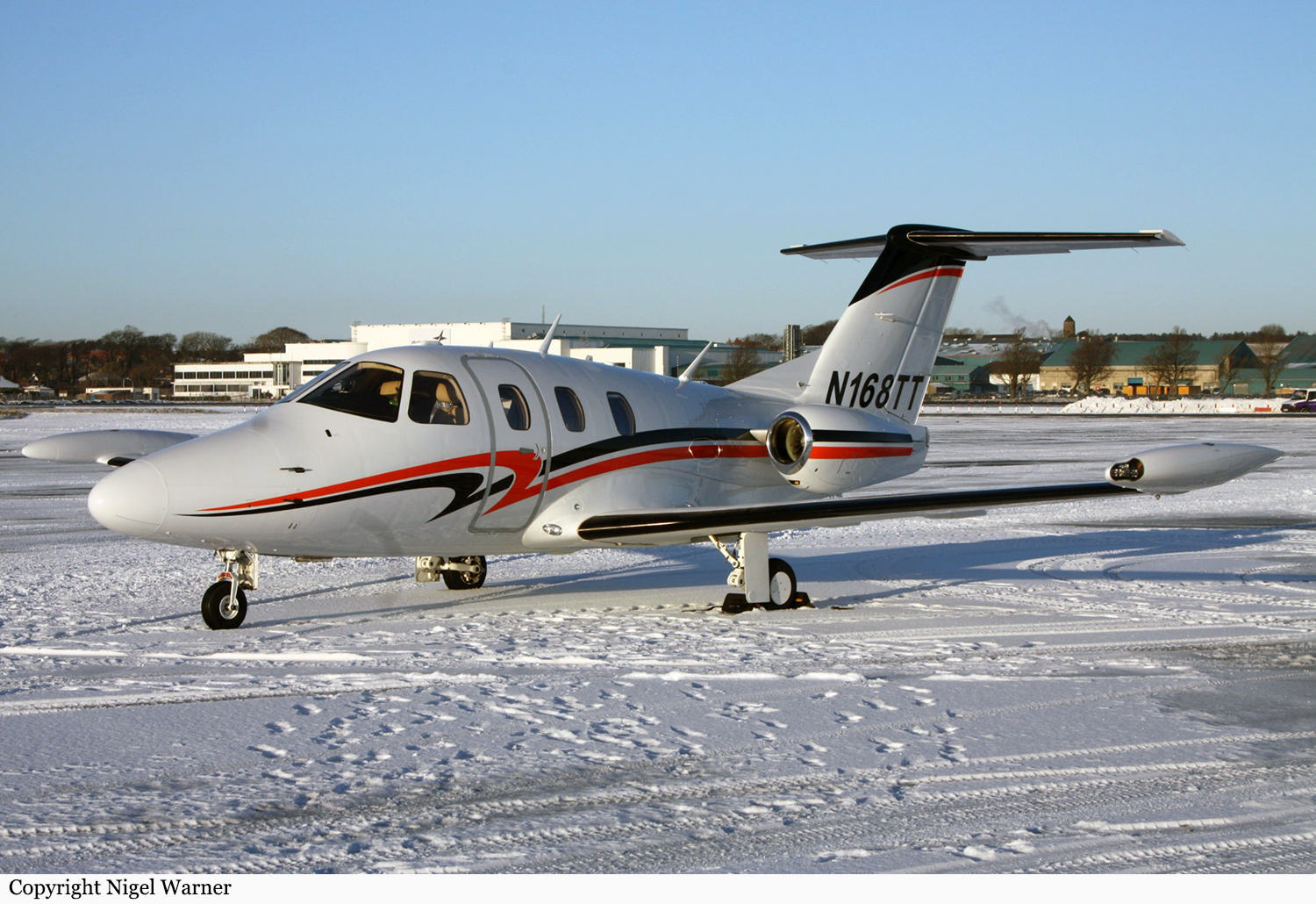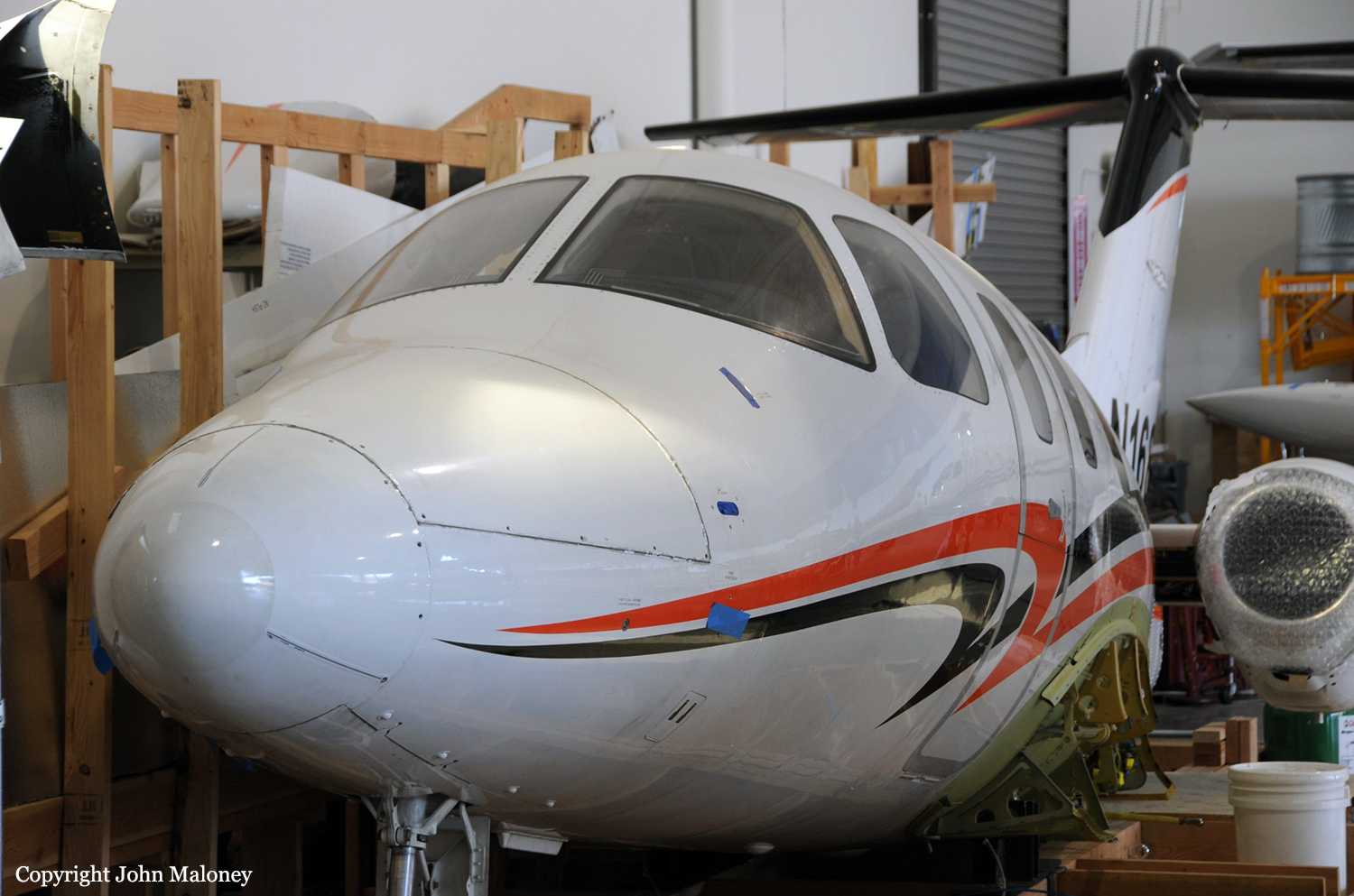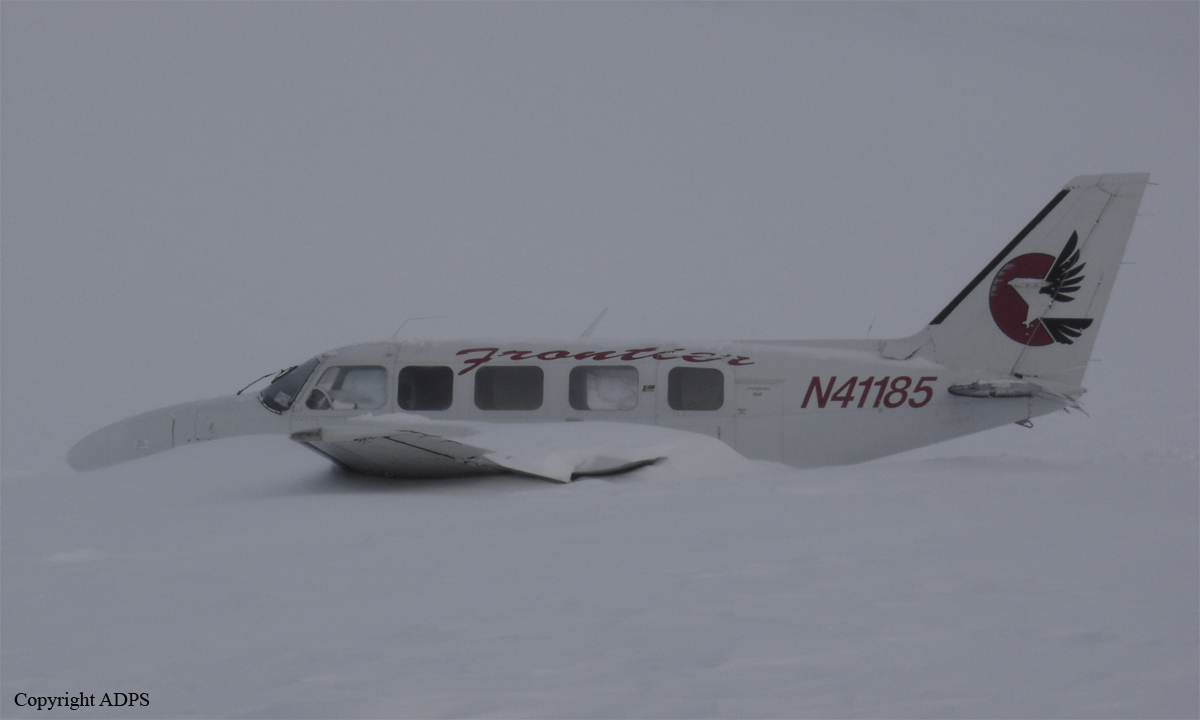Crash of an Eclipse EA500 in Nome
Date & Time:
Jun 1, 2011 at 2140 LT
Registration:
N168TT
Survivors:
Yes
Schedule:
Anadyr – Nome
MSN:
42
YOM:
2007
Crew on board:
1
Crew fatalities:
Pax on board:
1
Pax fatalities:
Other fatalities:
Total fatalities:
0
Captain / Total hours on type:
205.00
Aircraft flight hours:
343
Circumstances:
The pilot indicated that, prior to the accident flight, the wing flaps had failed, but he decided to proceed with the flight contrary to the Airplane Flight Manual guidance. While conducting a no-flap approach to the airport, he decided that his airspeed was too fast to land, and he initiated a go-around. During the go-around, the airplane continued to descend, and the fuselage struck the runway. The pilot was able to complete the go-around, and realized that he had not extended the landing gear. He lowered the landing gear, and landed the airplane uneventfully. He elected to remain overnight at the airport due to fatigue. The next day, he decided to test fly the airplane. During the takeoff roll, the airplane had a severe vibration, and he aborted the takeoff. During a subsequent inspection, an aviation mechanic discovered that the center wing carry-through cracked when the belly skid pad deflected up into a stringer during the gear-up landing.
Probable cause:
The pilot landed without lowering the landing gear. Contributing to the accident was the pilot's decision to fly the airplane with an inoperative wing flap system.
Final Report:










